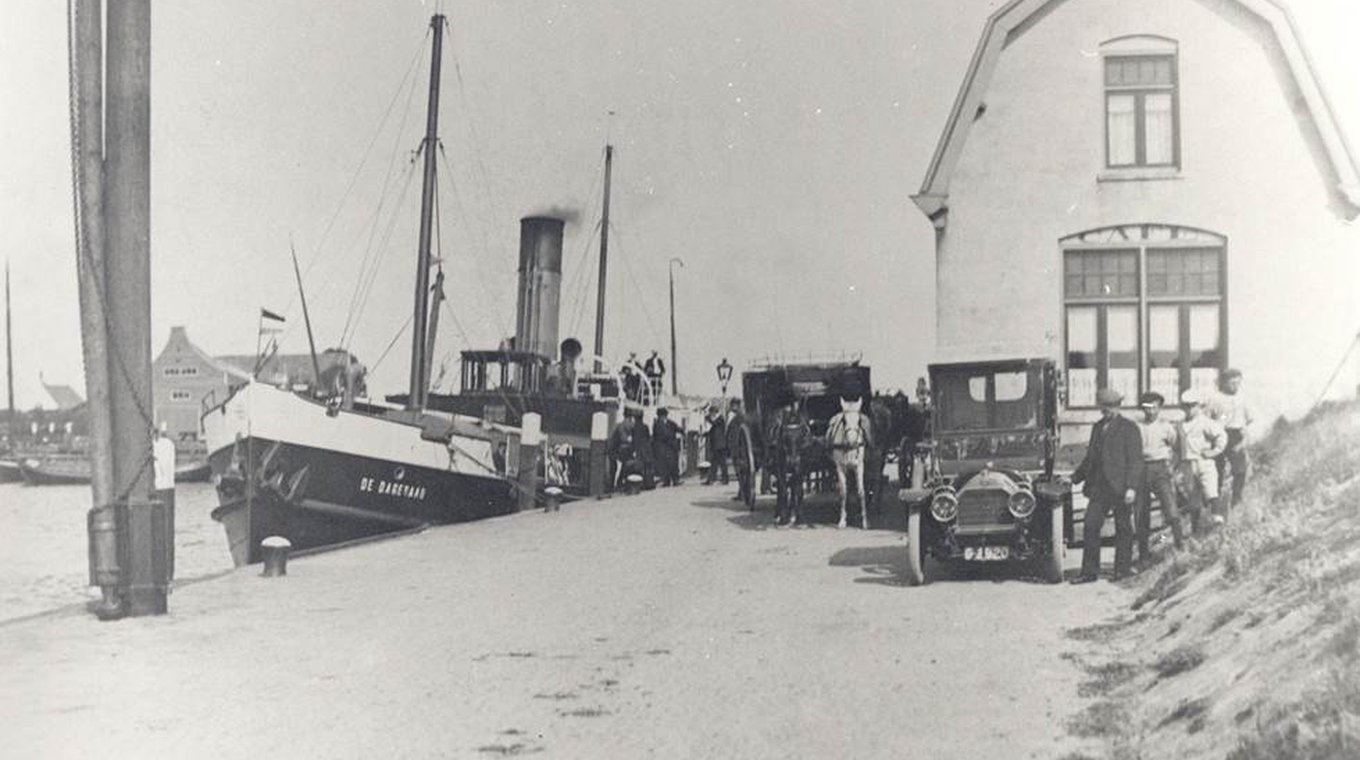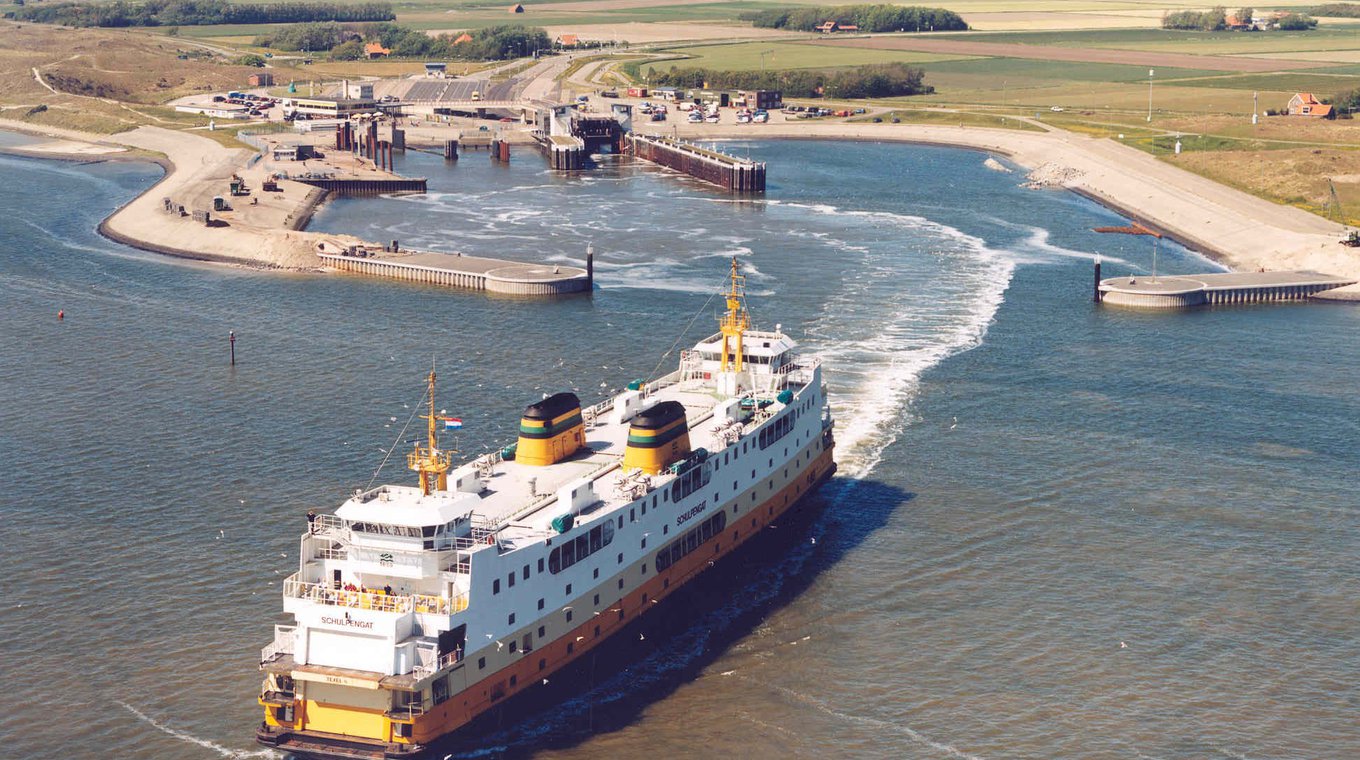TESO has been operating the ferry service between Texel and the mainland for more than 110 years. An overview of a century of service over the sea gate Marsdiep.
1907: the initiative of a general practitioner
TESO - Texels Eigen Stoomboot Onderneming - was founded in 1907. It all happened due to the initiative of the Texel physician Adriaan Wagemaker. Many citizens of Texel were dissatisfied with the conditions of the ships, the limited number of crossings and the rates of the Alkmaar shipping company Bosman that operated the ferry service between Texel and Den Helder. The initial capital for the new shipping company was collected amongst the citizens of Texel. All citizens of Texel, rich or poor, were able to participate financially - and so they did. There were shares on offer for 5 and for 25 Dutch guilders. Having gathered a capital of more than 75,000 Dutch guilders TESO started competing with Bosman. No more than two years later in 1909 TESO had won the battle for the ferry service: Bosman sold his business to the Texel company.
1950: significant growth
After World War II tourism on the island Texel exploded. The number of accommodations on the island increased and so did the number of cars. TESO therefore had to respond to the increasing demand for transport. In the early fifties the flagship Dokter Wagemaker was extended by five metres so that TESO could transport more cars and passengers. Soon it proved to be insufficient. The new ship De Dageraad that could transport thirty cars more was brought into service. Ever since TESO ships have become bigger and more modern.

1960: from Oudeschild to ’t Horntje
Oudeschild used to be the home port of TESO. In the early sixties speculations about a harbour in ’t Horntje came up, the most southern point of the island. The great advantage: The crossing time would be reduced by half an hour. Views were divided, even within the management. Main opponents were the citizens of Oudeschild who feared for the economic consequences for their village. Finally the choice was made for ’t Horntje. The impact on Texel was enormous. Whole stretches of dunes had to be excavated and the road net was restructured completely. In 1962 TESO ships could use the new ferry harbour for the first time.
1980: Double decker ships
The increase in tourism was unstoppable and presented TESO with extreme capacity problems. During high season waiting times could amount to eight hours. It was absolutely no promotion for Texel as holiday destination... Something had to happen. Operating three ships was not feasible logistically, so TESO director Theo Hoogerheide came up with a bold proposal. He wanted to build a double decks ships that would be able to carry almost three times as many cars. Opponents feared that Texel would be flooded by tourists But Mr. Hoogerheide persevered and in 1980 the Molengat was brought into service. Only in 1986 was TESO able to use the upper deck. Due to the many objections the construction of a suitable loading ramp was delayed by years.

After 2000: policy guidelines for the future
In 2005 the Dokter Wagemaker (2) was brought into service, a modern ship with more capacity. The construction of the ship was in line with research which had shown that cars would be longer, wider and bigger in the future. Convenience during the crossing appeared to be of more importance than before as well. Therefore the Dokter Wagemaker was equipped with a bigger buffet, a Texelshop, computers and an atrium featuring 360° seaviews.
The trend was continued in the construction of the new TESO flagship: Texelstroom. In 2016 this ship was brought into service. Apart from a high degree of comfort and service TESO aims for more sustainability of the service offered. Hence the Texelstroom is cleaner, more efficient and more sustainable and can carry more vehicles than all her predecessors.